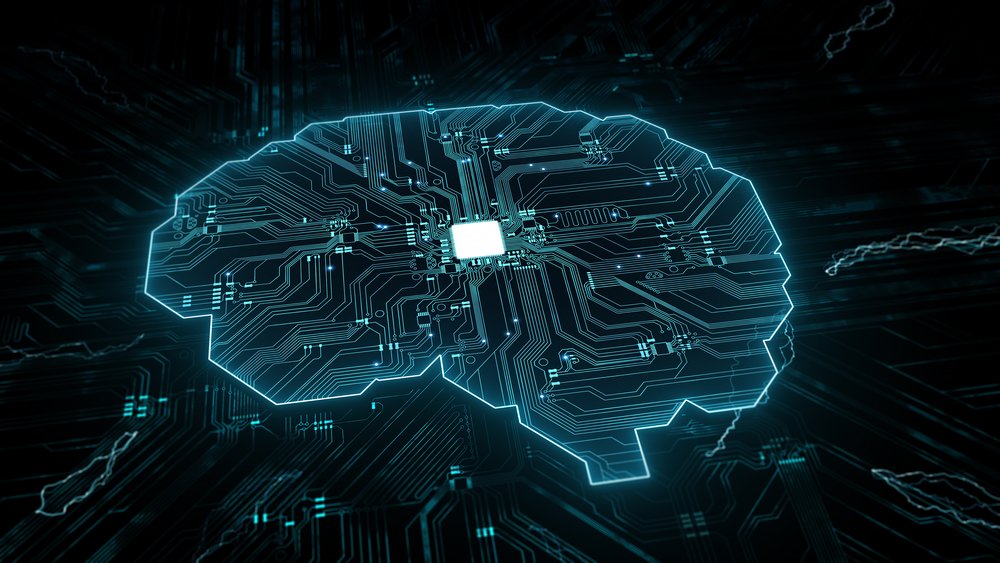Many cautionary tales have been told about AI and its potential to take over jobs in the future, with 30% of respondents in a global workforce survey by PwC expressing concern about their role being replaced by technology in the next three years.
However, these fears might be unfounded. Less than two months after the release of ChatGPT on November 30, 2022, a survey of 12,000 workers revealed that 40% of them were already using ChatGPT and other AI tools at the workplace.
With employees who have used ChatGPT reporting positive experiences, more of us are exploring the platform to uncover its potential as an assistive technology in our typical working day. Since ChatGPT is an advanced language model that can generate human-like text in response to prompts, the human role is to creatively assess where a bit of ChatGPT can help to improve an output, finish a job, or do the grunt-work for us. Let’s dig deeper into that, with the help of some early innovators.
ChatGPT for routine and admin tasks
ChatGPT can be a trusty assistant to help plan outings, generate emails, write reports, and craft other documents. Connan Grennan, Dean of Students at NYU’s Stern School of Business, shared with Rani Molla from Vox how he prompts ChatGPT to give him venue suggestions for student events based on the size of the invitees and the proposed date. Product designer Vanessa Bowen explains how she prompts ChatGPT using information about her project to generate the text that goes inside her app prototypes, allowing her to focus on her design work.
Useful prompts to help you work on tasks like presentations and documents more efficiently would include: “Draft meeting minutes from the following transcript,” “Scan this email thread for to-dos,” “Write a memo outlining project goals from the above chat,” or “Write an introduction slide based on the following data.”
Now, developers are incorporating AI into their workplace apps. Microsoft, for instance, has unveiled their new AI-powered Copilot for Microsoft 365 suite to assist people with their documents, emails, and presentations. These features will be powered by general information available on the web and will also securely make use of contextual information that resides within the workplace database. Google has also announced similar AI-powered features for their Workspace suite.
ChatGPT for coding and software development
While much has been written about tech jobs being threatened by ChatGPT, the app is more suitable for less grand, and more assistive roles, such as generating code snippets, debugging code, and suggesting solutions to programming problems. David Gewirtz, Senior Contributing Editor at ZDNet, recommends using ChatGPT to explore libraries, and write example code, small algorithms, subroutines, and demo techniques.
Another helpful hint: ask ChatGPT how it can help. For instance, when we asked ChatGPT to offer useful prompts for coding and software development, it recommended “Generate code for a login form,” “Debug this piece of code,” or “Suggest improvements to this function.”
GitHub’s Copilot, built on OpenAI models, is also helping people code more efficiently, and believes it could help shift the developers’ role from rote writing to strategic decision making.
ChatGPT for strategic tasks and people management
More and more professionals are exploring ways to engage with ChatGPT strategically, making use of its grounding in Large Language Models to get help with pitching ideas to clients, generating marketing copy, and performing market research. When it comes to managing professional relationships, there is scope for using ChatGPT there too, for instance, to model an interview or rehearse a feedback conversation with a subordinate.
Conor Grennan has some good advice for those who want to take this approach, and it involves interacting with ChatGPT the way you would interact with a person, talking to it conversationally, asking follow-up questions, and making it take on different points of view, characters, or personalities.
The buzz around ChatGPT is similar to the excitement that erupted when the autonomous driving vehicle made its debut. Years after those heady first days of the self-driving car, we are much more attuned to the drawbacks the technology has, along with the benefits. It’s no different with Generative AI. Getting to know the pitfalls is key to leveraging the tool. We’ll deep dive into these in the next post.









Thanks for the article. Chat GPT can automate routine tasks and streamline business processes. It will certainly helps us out in our organizational life in the nearest future.
What a captivating read! Your insights into the integration of Generative AI and ChatGPT in our “Ever-Evolving Ways of Working” are truly enlightening. It’s inspiring to see how these technologies are revolutionizing workflows while emphasizing the importance of human-AI collaboration. Keep up the great work!